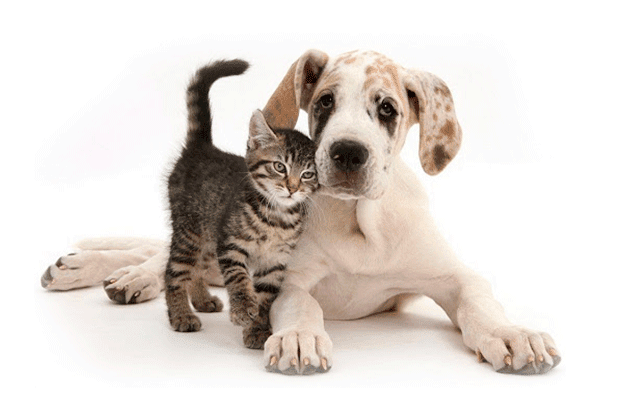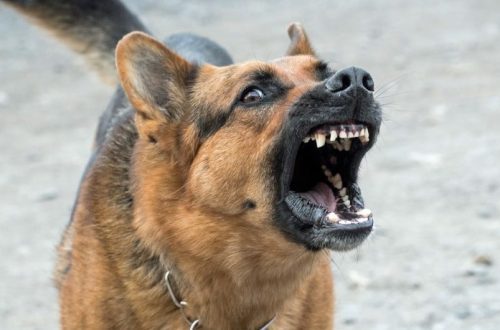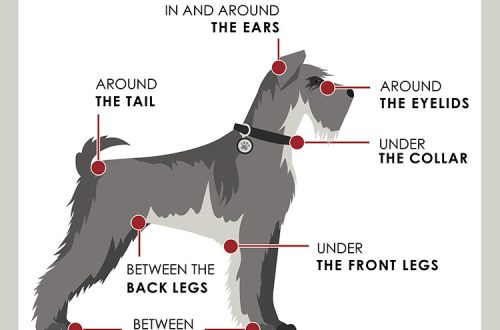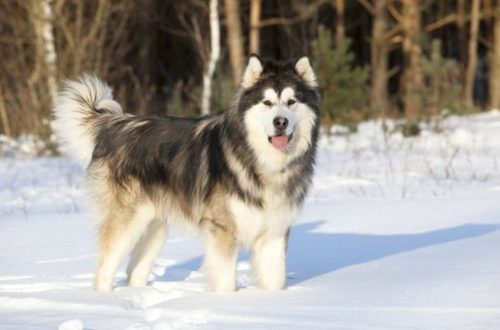
Hyperparathyroidism bia i madraí agus cait

Everyone has heard about the possible development of rickets in kittens and puppies. It occurs when there is a deficiency of vitamins of group D. But in practice, this disease is quite rare, even in laboratory conditions. It is often confused with another – alimentary hyperparathyroidism.
What is alimentary hyperparathyroidism
Alimentary hyperparathyroidism (secondary / nutritional hyperparathyroidism, juvenile osteodystrophy) is an endocrine pathology in which, in response to a shift in the ratio of calcium to phosphorus in the blood (when calcium is low and phosphorus is in excess), the parathyroid glands produce parathyroid hormone, which signals a problem and gives an indication to compensate for calcium in the blood by delivering it from bone tissue, sacrificing bones in favor of the body. The long hollow bones of the extremities are the first to suffer, and bones that have a dense spongy structure, such as vertebrae, are less affected, but in severe cases they are also damaged. Most often, alimentary hyperparathyroidism occurs in animals on an incorrect, unbalanced high-protein diet when eating exclusively meat, offal or baby meat purees, and a diet poor in calcium and rich in phosphorus (cereals, bread, fish). This is a mistake that has serious consequences.
Comharthaí an ghalair
The disease does not develop immediately, it is chronic. Someone has enough resources for a month of an asymptomatic course, someone for six months, and then symptoms appear:
- Táimhe
- Laige muscle
- Thirst, polyuria
- Pain when touched, the owner often cannot understand the cause and location of pain
- Increased vocalization of the animal gives signals of discomfort and pain
- Neurological manifestations: convulsions, paresis, paralysis
- Constipation, bloating, abdominal pain
- Lameness
- Bone curvature of the limbs, spine, chest
- Incorrect positioning of the limbs, foot-to-foot
- Spontaneous bone fractures without objective causes, such as jumping off the couch or playing games
- Violation of growth and change of teeth
- moilliú fáis
Diagnóisic
If you find any of the symptoms in your pet, do not delay visiting the veterinary clinic. The veterinarian will clarify with the owner the animal’s diet, conduct an examination and take an x-ray on which bone density can be assessed; with hyperparathyroidism, they can be curved and almost transparent. If necessary, the doctor will recommend donating blood to determine the level of ionized calcium and a biochemical analysis for the quantitative values of calcium and phosphorus to assess their ratio in the bloodstream, but in mild cases, the ratio may be within the normal range according to the tests.
Cóireáil agus cosc
Treatment is primarily associated with the normalization of the diet. A puppy or kitten is transferred to a specialized food for babies, a class not lower than premium. If the owner still wants to stay on a natural diet, then you will have to take a responsible approach to compiling the menu. The diet should include muscle meat, lean fish, offal, vegetables, fruits, vegetable and animal oils, eggs, dairy products, vitamin and mineral complexes. To facilitate the task of drawing up a feeding plan, you can use the services of a veterinary nutritionist. In severe cases of alimentary hyperparathyroidism, stabilization of broken bones, the introduction of intravenous calcium solutions may be required. The prognosis depends on how severe the damage is in the animal, what is the level of calcium in the blood. For the duration of treatment, the animal is restricted in movement, for example, in an aviary or cage, so that, having ceased to feel pain, it does not jump, does not run, and does not accidentally break anything. If the disease is detected at an early stage, therapy and diet are started in a timely manner, the owner complies with all recommendations for care and feeding, then the body is fully restored in 3-4 weeks, in severe cases, treatment will be at least 3-6 months. When getting a kitten or puppy, be responsible for the care and choice of diet. The health of your pet is largely dependent on you.





